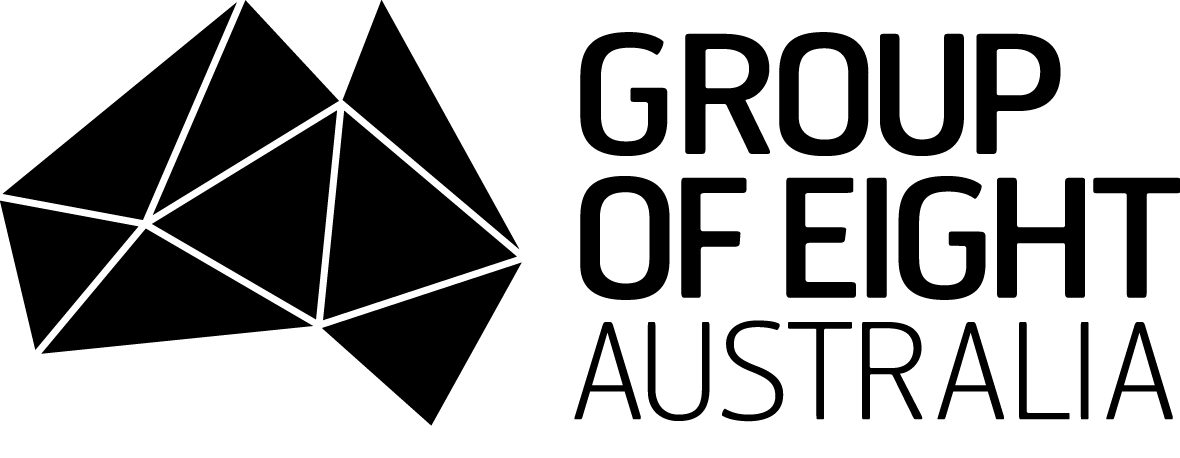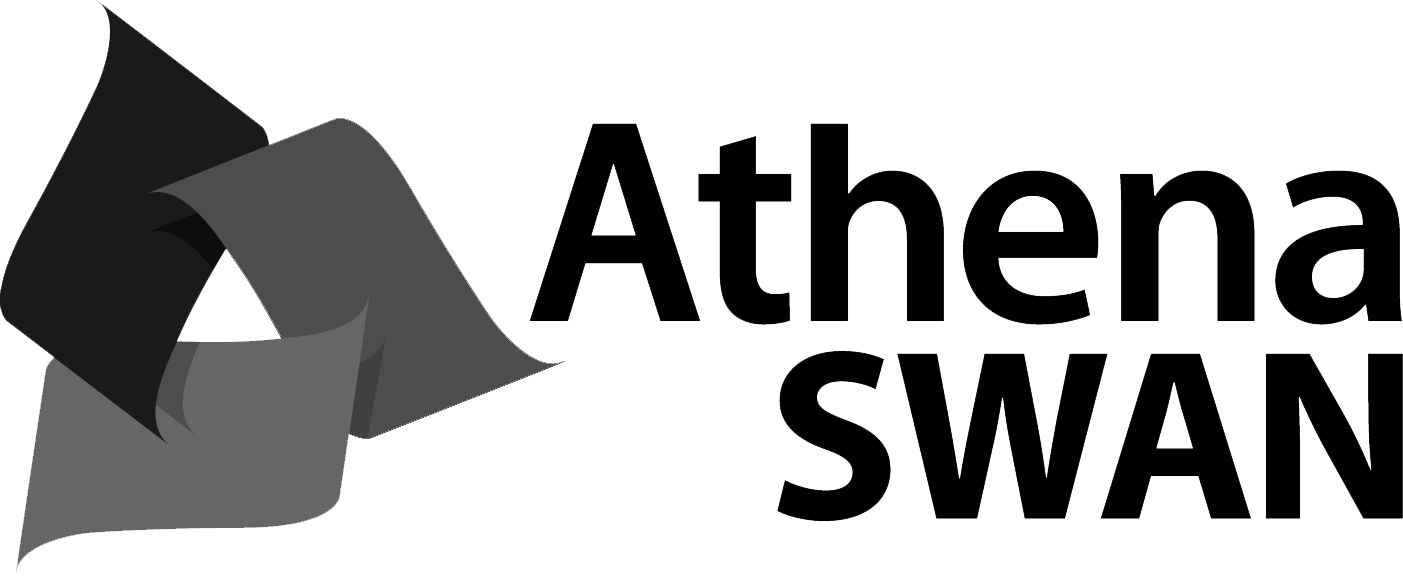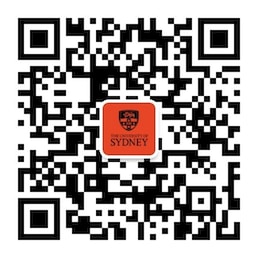Architectural Technologies 3 develops in students an advanced understanding of moderately complex building systems. It addresses the technical design of buildings in their entirety and in their details, through the three interrelated perspectives of environment, structures and construction. As in Architectural Technologies 1 and 2, primary emphasis is placed on developing an understanding that appropriate formal architectural solutions can be the outcome of technological considerations and that, reciprocally, technical solutions can not only support but inform conceptual ambitions. A major project-based assignment, a case study analysis, individual technical drawings and a final examination are used as the vehicles for students to demonstrate the knowledge that they have gained in analysing and synthesising the various considerations that are to be addressed in the design of a building system that appropriately responds to, and integrates, the three key technical considerations of environment, structures and construction.
Unit details and rules
| Academic unit | Architecture |
|---|---|
| Credit points | 6 |
| Prerequisites
?
|
(BDES2013 or BADP2004) or BDES2613 |
| Corequisites
?
|
None |
|
Prohibitions
?
|
BDES3603 |
| Assumed knowledge
?
|
None |
| Available to study abroad and exchange students | Yes |
Teaching staff
| Coordinator | Paolo Stracchi, paolo.stracchi@sydney.edu.au |
|---|





